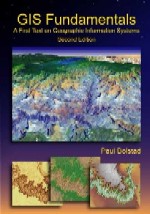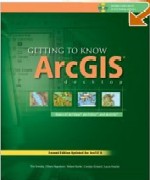 INTRODUCTION
INTRODUCTION Elevation and terrain variables are important at some point in almost everone's life. Elevation and slope determines flood zones and watershed boundaries as well as hydrologic networks. Terrain is also an integral part of determining transportation networks and site suitability for a variety of applications.
LEARNING OBJECTIVES
- Describe how terrain data is used to enhance spatial analyses.
- Describe how terrain data used in digital format is advantageous to spatial analyses using terrain data in non-spatial formats.
- Define slope and discuss the difference between measuring slope in degrees and percentages.
- Define aspect.
- List several applications or studies where slope and aspect terrain variables might be useful.
- Discuss some hydologic functions avalilable throught terrain data.
- Describe a viewshed.
- Describe a shaded relief map.
TERMS TO KNOW
- terrain analysis
- terrain data
- slope
- aspect
- flow length
- upslople length
- profile curvature
- plan curvature
- visibility
- contours
- pits or sinks
- watershed
- drainage network
- viewshed
- shaded relief
- hillshade
DISCUSSION AND READING
LIDAR - Light Detection and Ranging - in NC has been used to develop high resolution DEMs of WNC. These DEM's are 20 foot resolution as opposed to the old USGS DEM's that started at 30m resolution and got better at 20m resolution for areas with significant elevation change. From the DEM's we can generate hillshade, slope, aspect, contours, and visibility grids.
This is done in ArcGIS using the Spatial Analyst or 3D Analyst extensions through the surface analysis tools.
Bolstad: GIS Fundamentals. Chapter 11 - Terrain Analysis
ACTIVE LEARNING EXERCISE
Terrain Analysis
http://docs.google.com/Doc?id=ddh8bbwd_251g9mb2c
gis.ncdc.noaa.gov



No comments:
Post a Comment